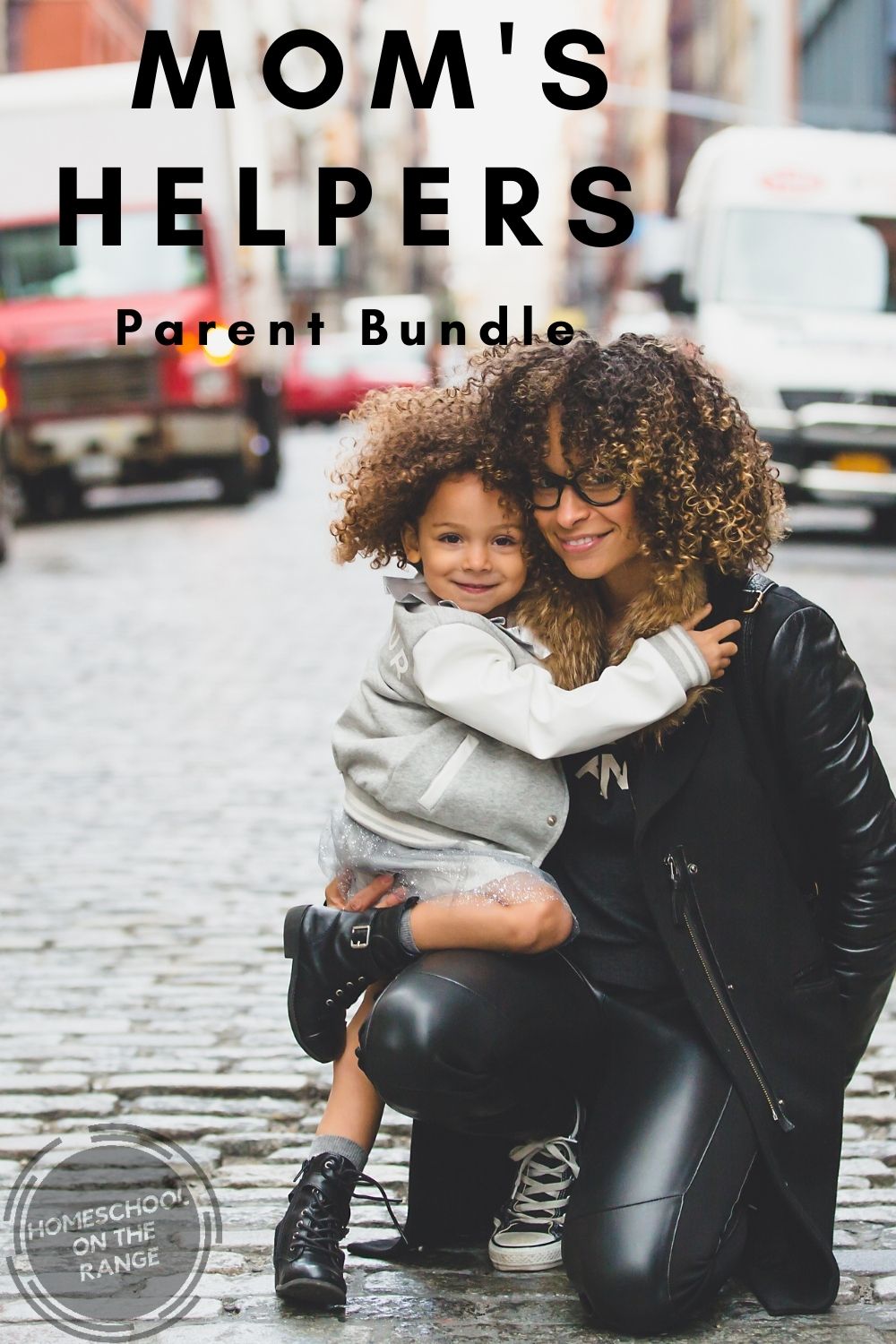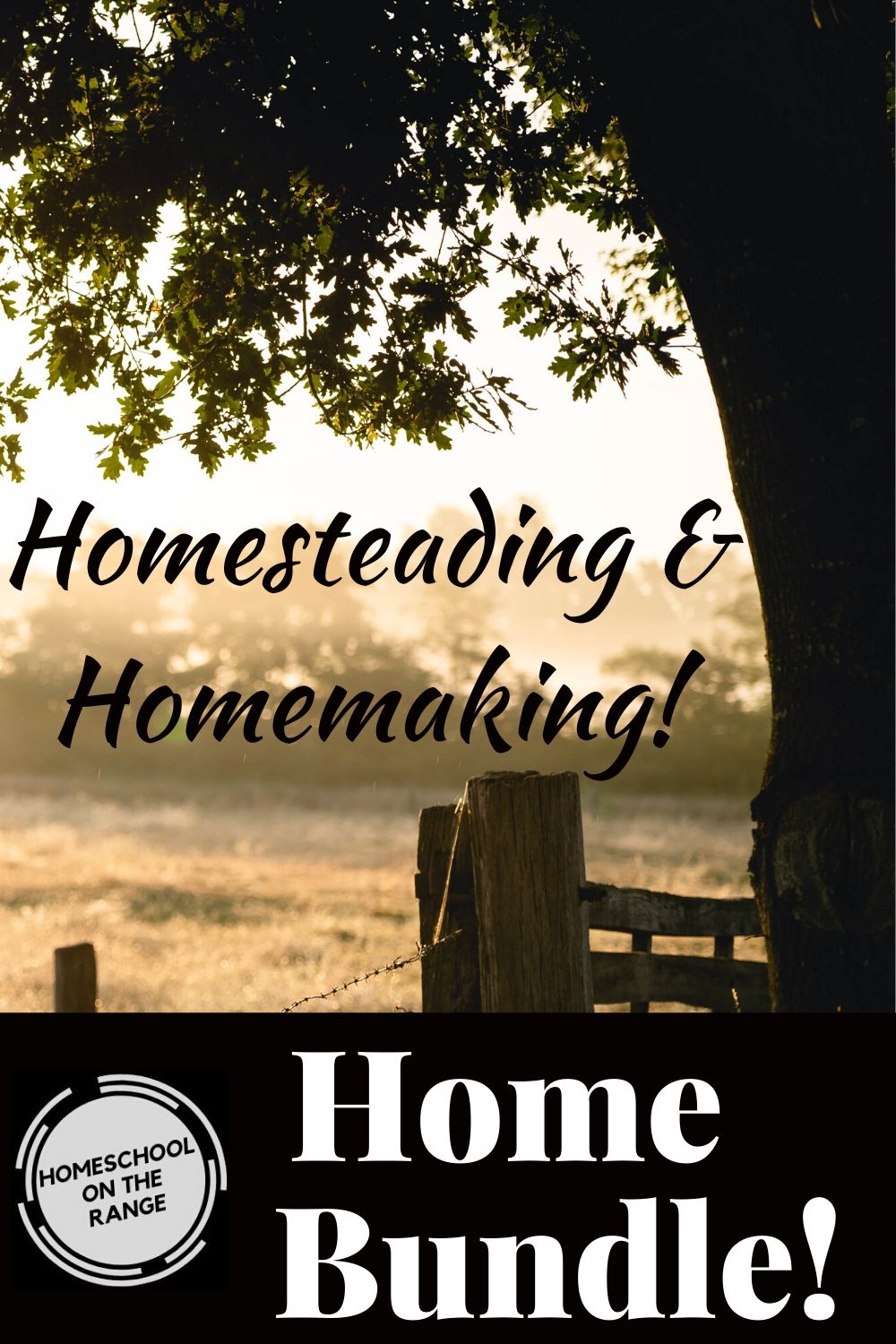High fantasy is one of the favorite genres of middle and high school students for good reason - well-written novels in this genre have a depth of character and setting that is rarely seen in other genres. In most fantasy series, the author has created an entirely new world, both historic and futuristic in nature, and often a new language, too!
The Ranger's Apprentice series follows the adventures of Will, an orphan who is chosen as an apprentice Ranger, skilled trackers, archers and warriors in the service of the King of Araluen. Will strives to keep the Kingdom of Araluen safe from invaders, traitors, and threats. He is joined on his adventures by his mentor Halt and his best friend Horace. In the sequel series, Royal Rangers, the reader returns to the world of Ranger’s Apprentice, continuing the story arc starring fan favorites, Will and Maddie.
Reading high fantasy books helps students to develop creative thinking skills, and is a great way to encourage new and struggling writers to think outside the lines!
Our spine read for this unit is any one of the Ranger's Apprentice series
Access more novel studies in the Fantasy & Fiction Novel Studies Bundle!
- Each unit has introductory text, which will give the student basic background information about the topic at hand.
- There are photographs and illustrations, and we have also included primary documents when available.
- After this text, there are featured videos, which augment the background information and help make the topic more accessible for more visual students.
- You will also find a short list of reading books, including one featured novel – the spine of the unit.
- There are vocabulary words, places, and people to identify.
- Reading comprehension, critical thinking questions, and writing assignments are included.
- We add fun with hands-on activities and extra videos to watch that will bring the era to life.
- Some units also have cooking projects.
These studies are directed toward upper grades students, but some have resources for younger students so that the whole family can work together. Our family has used unit studies as curriculum for many years, and we hope that your family will enjoy these, too!
Product Sample: Serafina and the Black Cloak & Appalachian Folklore




















